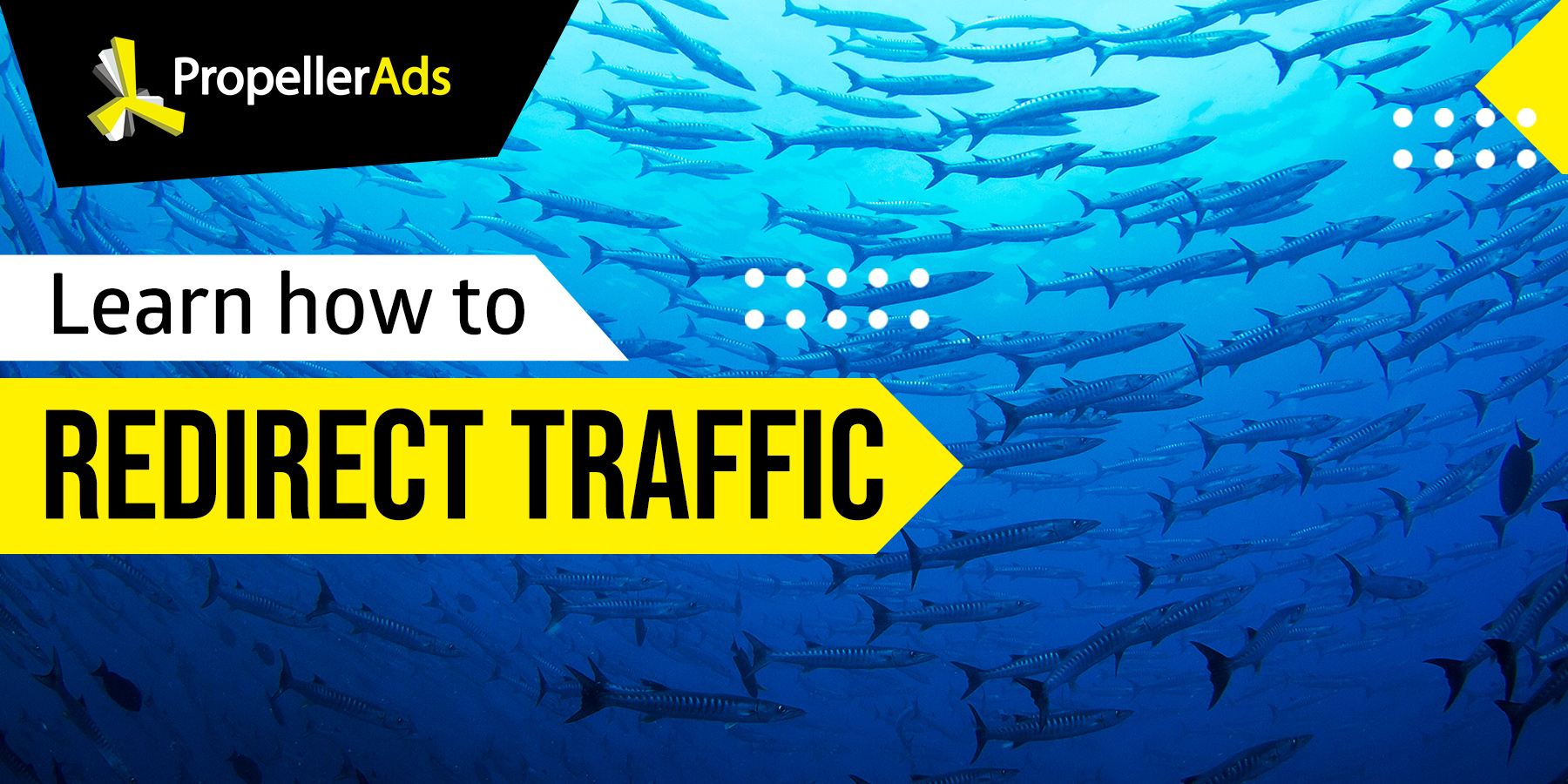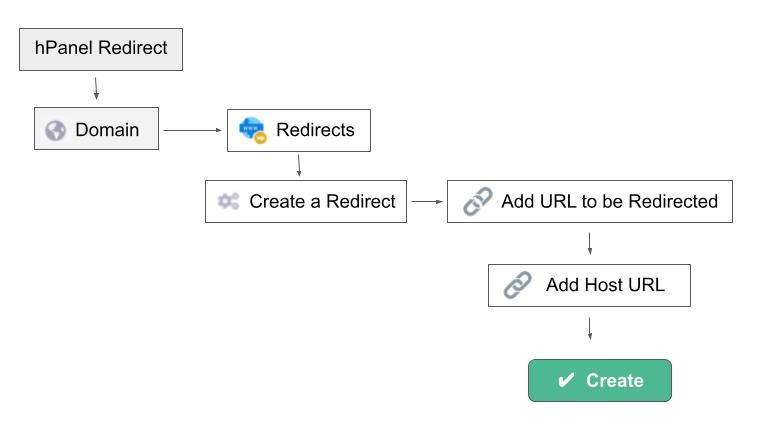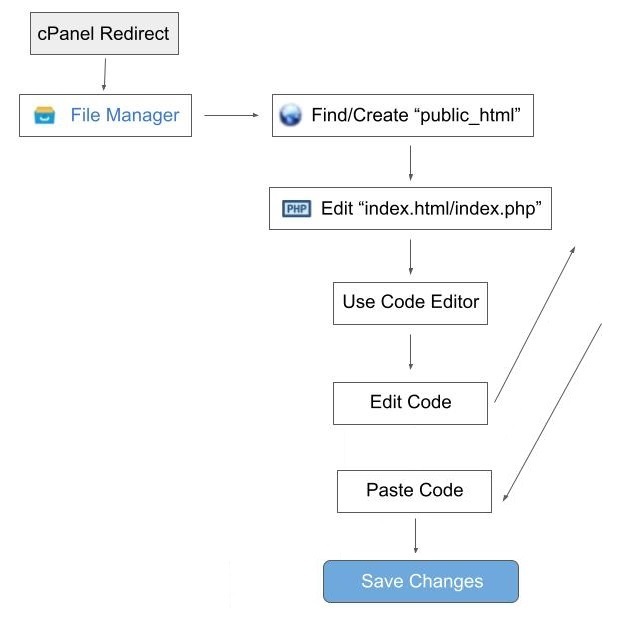How To Do a Proper URL Redirect for Your Website to Keep the Traffic

There are times in every webmaster’s life when you can no longer display your original page, and need to redirect your traffic to a new domain. However, based on whether or not this move will be permanent, if it can affect your SEO, or if the server will be involved or not, you can choose between various traffic redirection methods.
What is URL Redirect
Maybe you came across a page that wasn’t working, which asked you to click on a button to continue loading, or that immediately loaded on its own. Or maybe you happened to see a super-fast change of the URL, or you just saw a different URL for a few seconds, but in the end you winded up on the page you were looking for.
Well, in case you didn’t know it, that website was redirecting you to a different source. Because, redirecting a website URL means sending all the traffic it receives to a different page (URL).
Common Reasons For Website Redirects
Most often webmasters decide to redirect traffic either for maintenance, overcrowding, relocation, or even SEO purposes. However, choosing to redirect your website should only happen for very important reasons, like for example to:
- navigate non-www websites to www,
- navigate HTTP to HTTPS,
- avoid showing 404 pages,
- conduct A/B testing,
- redirect subdirectories to website pages,
- avoid showing duplicate content,
- redirecting several websites to your main one,
- changing domain names,
- avoid losing traffic to misspelled, parked domains
- displaying ads if otherwise forbidden.
All these methods have a common denominator – redirecting traffic. Although there are many ways you can do it, redirecting is not always the solution. In order to better understand this aspect, let’s see the most popular redirects, how you can effectively redirect your website, and what alternatives you have.
Popular URL Redirects and How to Properly Set them Up
#1. 301 Redirect – Unmasked
How it works:
- permanently moves the website,
- no longer uses the original URL,
- keep all the initial SEO,
- informs the server,
- moves operations to the new domain,
- users see the domain change.
This is the most common URL redirecting method, and also the safest, in the sense that it won’t affect your SEO or website credibility. And here is how you can properly set up a 301 Redirect – in hPanel:

You should follow the same steps if you’re operating through Bluehost, or NameCheap, as well. And here is Google’s explanation on how to follow the best practices.
Of course, being the most popular redirect, you can take various routes to it. You can also set up a 301 redirect, by editing your website’s ‘.htaccess’ file. However, that doest require more coding skills, and it can only be done for websites hosted on Apache servers. Even if you host your website in WordPress, you can still set up a redirect, by simply installing a WordPress Redirect Plugin. And luckily for you, they offer many different ones to choose from.
#2. 302 Redirect – Unmasked
How it works:
- temporary redirects,
- communicates to server not to switch the URL,
- mostly for when website is under maintenance,
- great for A/B testing,
- users see the domain change.
In order to set up the 302 Unmasked Redirect, you need to follow the same steps as in the case of the 301 Redirect. Careful though, as certain hosts only support the 301 redirect, so you might need to find alternatives.
Bluehost allows 302 redirects, and so do cPanel and NameCheap.
#3. URL Frame – Masked
How it works:
- only displays a frame of the new URL,
- hides the original domain,
- mostly used with free hosting services,
- good for duplicate content (on both domains),
- not good for SEO,
- doesn’t work with all the hosting providers.
cPanel is one of the most versatile systems out there, and through it you will also be able to set up a Masked URL Frame. With it, you can easily mask your domain through the index.html:
<html>
<head>
<title>Page Title</title>
<meta name=”description” content=”Description”>
<meta name=”keywords” content=”Keyword1, Keyword2″>
</head>
<frameset rows=”100%,0″ border=”0″>
<frame src=”http://yourotherdomain.com” frameborder=”0″>
<frame frameborder=”0″>
</frameset>
</html>
Alternatively, you can always mask your URL by rewriting the .htaccess:
RewriteEngine On
RewriteRule ^something/?$ /something/else/
This way each time someone accesses:
https://yourdomain.com
the actual content that will be displayed will be for:
https://yourotherdomain.com
while the URL will remain unchanged.
4. Meta Refresh
How it works:
- only on the client-side (no server communication),
- doesn’t redirect to a different domain,
- refreshes the same page (to display ads),
- bad for website reputation,
- might negatively affect SEO (seen as spam),
- can lead to de-indexing your website,
- displays a message and countdown.
This is not a traditional traffic redirect, and you should also keep in mind that it is a very popular technique amongst spammers that are trying to go around search engines. It is a frowned-upon technique, and it will likely lead to your website being deindexed. Moreover, this is just a client-side redirect, without communicating with the server.
Whether you use these redirects to avoid being flagged by search engines for duplicate content, to manage multiple domains, migrate to a new one altogether, or change the post URL, you need to be aware of the impact these will have on your domain, and proceed with caution.
Alternatives to Redirecting your Website
If you’re not yet committed to making the big step, you might want to consider some very simple alternatives. Because what is more important is that you don’t always need to redirect your traffic in order to obtain the best results.
OnClick Pop-Unders
As you might know, one of our formats could help you better reach your users, without having to make them leave your website altogether. That format is Popunder and what makes it a really good choice is the fact that you won’t be leading your traffic away from your website.
Instead, it lets your website open, while showing your visitors a new tab that opens when they click anywhere on the page. This way they can freely navigate on the Pop, and then once they’re done, they can return to where they left – your website.
Especially if showing them ads is your main concern, our OnClick Popunders will have you completely covered. In addition, this format also has a 200% better performance rate compared with any other monetization formats.
So technically what OnClick does is expose your traffic to a whole new page, without having to completely forget about your website.

Before you go any further, make sure to also check: Top myths about Pop-Under Ads: Busted!
Direct Links
You probably already know just how important recycling and revamping content through other formats is. For this reason, you might end up duplicating the same content, for the sake of staying fresh.
Chances are that you have several pieces of content on your website that might make search engines wary of your content. However, if this is your concern, you might want to try our Direct Links, which will allow you to simply hyperlink content to more in-depth articles.
Don’t forget to check our Easy Traffic Monetization article, to read all about Direct Links.

Want to know more about Direct Links? Read this Article
When Should You Absolutely Redirect
Unless you have exhausted all of your alternatives, and have no other options then you should consider redirecting your website. If you’re in doubt and don’t know if there is a solution for your problem that would help you from redirecting, make sure to contact our HelpDesk and write to us in the chat.
Knowing the hard work you put into your website, and from our point of view of Advertising Network, we believe that the only moment when you should seriously consider redirecting your website, is when the search engine completely blocked all the ads from your website, and you have no other way of monetizing it.

In that moment, and only after you fully understand how redirecting your website might affect your traffic, you can effectively decide to transfer your URL to a whole domain.


